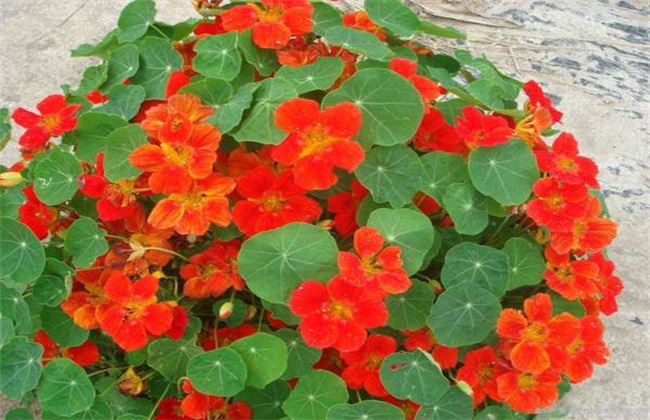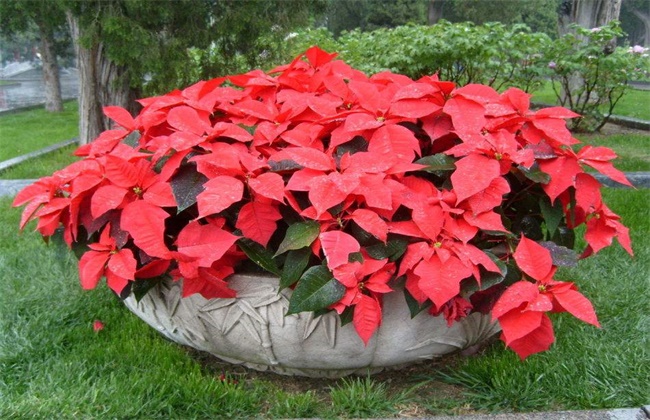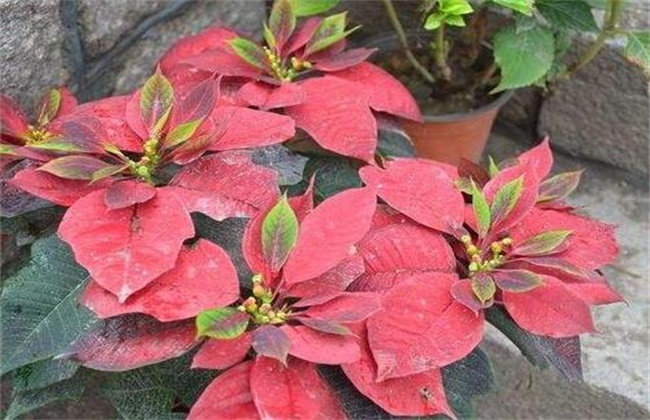How to plant the seeds of Clematis paniculata? The planting method of Clematis paniculata Seeds
Clematis paniculata is a kind of perennial semi-trailing plant, and it is also a kind of flower with high ornamental value. It can be used to decorate balconies, indoors, etc., and is welcomed by many people. And dry lotus also has a high medicinal value, with heat-clearing and detoxification and other effects. Now the planting area in our country is also very large. So how to plant the seeds of Clematis paniculata? The following editor has brought you the planting method of Clematis paniculata seeds. Let's have a look!

1. Sowing time
The sowing time of Clematis paniculata is determined according to the change of season, which is mainly sown in spring and autumn. Because the summer temperature is relatively high, not the growth of Clematis paniculata. Therefore, if you sow in spring, you should sow early and sprout from February to March. About a month after budding, it enters the budding stage. If sowing in autumn, it should be carried out from September to October. Under normal planting, the full flowering period is usually carried out in February-March of the second year. The dry lotus sown in different seasons have different characteristics, such as spring sowing, the leaf is large, the stem node is long, and the ornamental value is high.
2. Seed treatment
If it is planted with seeds, then it is best to sow in spring and let it blossom in summer. Before sowing, we should first soak the seeds to accelerate germination, so that the rooting speed of the seeds can be accelerated. The method of accelerating germination is relatively simple. First, soak the seeds in warm water for about 24 hours, then remove the seed coat, wrap it in a wet cloth and accelerate germination at a temperature of about 25 degrees Celsius. When it is found that the seed has a bud tip, it can begin to sow.
3. Sowing seeds at the right time
Then we should control the sowing time. Although seed planting is suitable for spring sowing, it can also be determined according to our own habits. First of all, the cultivated soil should be prepared, and then properly watered to keep enough water content in the soil. Then sow the seeds directly on the soil, and if they are planted in flowerpots, the sowing amount in each pot will be kept at about 3. After sowing, cover a layer of fine soil, the thickness of the soil is kept at about 1.5-2 cm. Then do a good job of management and proper watering to promote the emergence of seeds.
4. Planting management
After each topdressing, the soil should be loosened to improve the soil permeability and promote the development of roots. Although Handelia lanceolata likes water, it is afraid of waterlogging, so the soil moisture should not be too much, just keep it at about 50%. When watering during the growing period, it is mainly watered with small water, and the amount of water is adjusted according to seasonal changes, about 2-3 times a week in spring and autumn, and once a day in summer. After entering the flowering period, it is necessary to reduce the amount of water to avoid overgrowth.
The above is a brief introduction to the seed planting method of Clematis paniculata. That's all for today's introduction. This article is for reference only. I hope it can help you all.
Related
- Fuxing push coffee new agricultural production and marketing class: lack of small-scale processing plants
- Jujube rice field leisure farm deep ploughing Yilan for five years to create a space for organic food and play
- Nongyu Farm-A trial of organic papaya for brave women with advanced technology
- Four points for attention in the prevention and control of diseases and insect pests of edible fungi
- How to add nutrient solution to Edible Fungi
- Is there any good way to control edible fungus mites?
- Open Inoculation Technology of Edible Fungi
- Is there any clever way to use fertilizer for edible fungus in winter?
- What agents are used to kill the pathogens of edible fungi in the mushroom shed?
- Rapid drying of Edible Fungi



